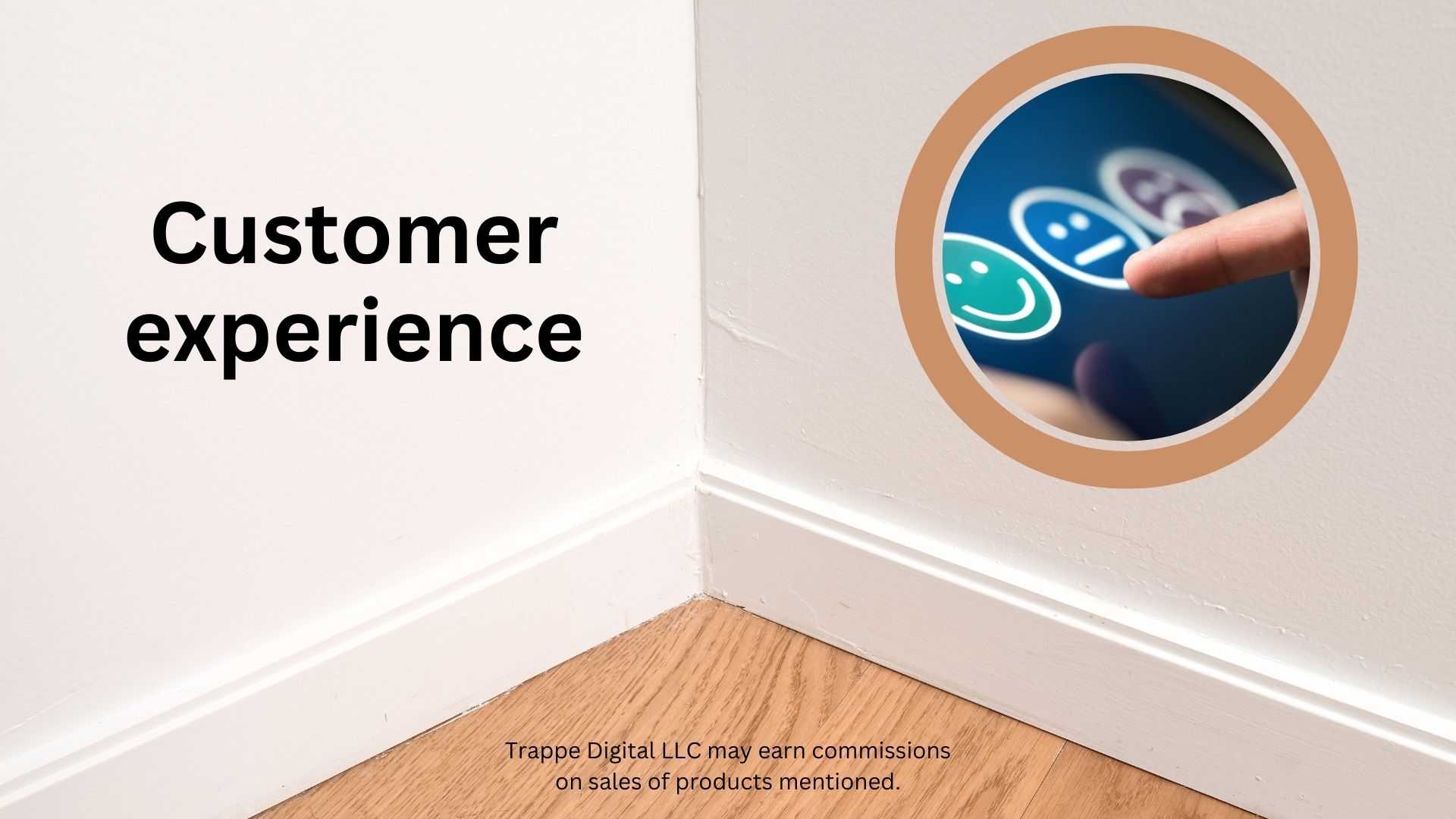Trappe Digital LLC may earn commission from product clicks and purchases. Rest assured, opinions are mine or of the article’s author.
To answer customer questions is an important strategy to build that relationship with our customers and even potential customers. But where do we answer customer questions? In this article, I discuss how we can build relationships by answering questions:
- one-on-one
- on other channels, for other customers who might have the same question
- as part of an integrated content approach
Respond on the channel where the question is being asked
One place to respond is where customers are actually asking. If they call on the phone, answer in that conversation. Don’t send them to another channel if it’s not necessary. If they ask in X DM, answer there whenever possible. There certainly are exceptions, like financial institutions can’t have a discussion there about an account and need to move it to another channel. But in general.
A live chat is another great option to continue the conversation where customers already are. For example, when I’m trying to chat with Restream support, I can also easily search their help articles. But the user experience doesn’t make it feel like they are trying to pawn me off to the help section. It’s just listed as an option.

Chatbots and a sophisticated conversational marketing strategy can help here as well. Unfortunately, I’m seeing a lot of bad chatbot experiences, too, still. The other day, I saw one that said: “Please rephrase your question” over and over. Another said, “Please email us.” That’s not a great experience.
Find a way to answer questions in an easy-to-find place
Customer experience expert Shep Hyken said that it could be quite helpful for companies to have content readily available online and easily findable online.
Some companies build content support hubs, which is probably the best way when it comes to specific product questions. “How do I pair my Restream livestream” for example, would make a good support hub content article. But “How do I simulcast my livestream on social media” could be a regular blog article. Basically, it would use the same content to answer a slightly different question.
Read next: Makeup tips for men when going on livestreams and video podcasts
How do we know what customer questions to answer?
One way is to listen to customers and potential customers. This is where the teams that talk to customers come in. What questions are they asking? Certainly, try to answer them, but also pass them along to the team in charge of content to develop the answer further on other channels.
Admittedly, that can be another step for team members to remember to pass along those questions. You can also make use of technology. For example, set an alert in Gong – or similar software that your sales team might use. Then send alerts to the right people based on things asked.
Also, as Marcus Sheridan mentioned on the podcast, many questions that customers ask are repeat questions. Creating video answers and sending them at the right times is another way to tackle this communication task. Another way is to keep an eye on questions asked online. How people ask questions online comes in a number of ways, including:
- Google searches
- Social media
- Sites like Product Hunt or Yelp or Google reviews (depending on your product)
Set up mechanisms and social listening technology to listen and then create content that answers those questions.
Building community with customers to answer questions
Author and entrepreneur Arvid Kahl discussed the importance of being embedded in your audience to make it all work on an episode of “The Business Storytelling Show.”
But what if people aren’t finding our answers?
With the amount of content around today, it certainly can be a challenge for people to find the content they need and when they need it. As simple as it may sound, but does start with starting to create the content and the systems.
Struggling with the workflow? Let’s talk.
Then keep going and get on a schedule.
- Review the questions that come in on all the different channels.
- Prioritize content creation. Create the content that answers the most pressing or most common questions first.
- Use the content on all relevant channels, which could include the blog, an email campaign, communication with sales and customer support, social media.
It does come back to good collaboration, processes and communication as well. Create the content that can help the business, but that’s really only possible when it’s created strategically by understanding what customers need to know.



